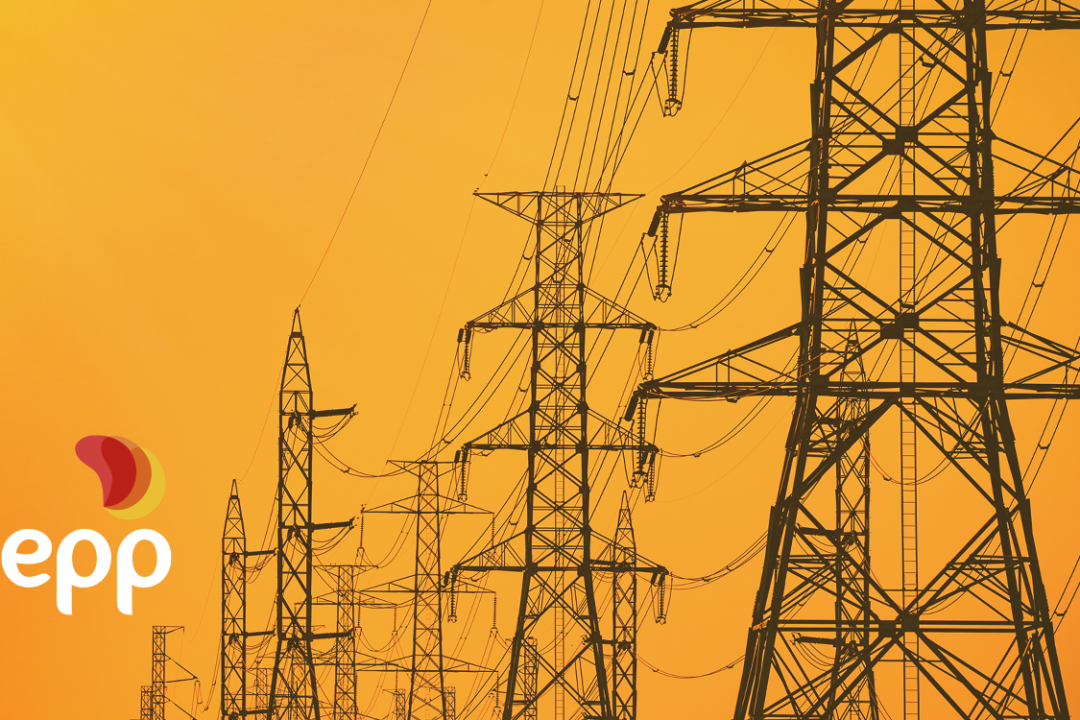Recently, the value of energy has successively increased and the impact is already being felt by Brazilians. Understand the factors influencing the account.
Do you know what factors influence the energy value? In 2020, the Federation of Industries of Rio de Janeiro (Firjan) released a ranking that measures the cost of energy for the industry. Brazil was in sixth place in the ranking with a cost of R$ 402.26 per MWh. The average value is 46% higher than the international average of R$275.74 per MWh.
If recent increases worry households, imagine the impact of energy bill spending on businesses and industries. In this scenario, it is important to understand the factors that influence the electricity bill, to try to get around and reduce them.
What factors influence the energy value?
The first factor influencing energy costs is the source used and its conditions. Currently in Brazil 63% of energy production comes from hydroelectric plants. Thus, the system of flags was created to discipline consumption, linking price to demand and production.
On the green flag, everything is normal with the production. The yellow flag signals that conditions are not so favorable and there is already an increase in energy. Finally, the red flag and its levels 1 and 2 signify a critical state, with a significant increase in value to try to prevent rationing and shortages.
The second factor is the crisis. Whether natural or economic, when there is any change in the general scenario, it impacts energy production. Thus, the lack of rain or increased consumption can impact energy costs. We are currently experiencing a water crisis, reservoirs are low and water availability is no longer sufficient to maintain production. Thus, secondary sources are used to maintain supply.
For the time being, thermoelectric plants have been activated, but this production model is more expensive than that of a water source. Therefore, it is expected that there will be an encumbrance of R$ 9 billion that will be passed on to consumers to maintain electricity supply.
In addition to these factors, individual use also impacts the final cost. Therefore, changing appliances for newer options with the Procel seal can help in some cases.
How is the cost of electricity composed?
In addition to all these factors, taxes also have a significant impact on energy costs. The National Electric Energy Agency (Aneel) determines these values in the captive market, which establishes the KWh as a measurement basis. Thus, the accounts bring the sum of the structural and operational components of this entire process. See how this account occurs in the captive market and in the free market.
Captive Market
The captive market consumer bill is divided into three groups: energy generation costs, which refer to 17% of the value; transportation and distribution costs, related to 53.5% and taxes and charges related to 29.5%. Regarding taxes, they are divided into three areas:
- Federal: 0.95% Social Integration Program (PIS) and 4.45% Contribution to Social Security Financing (COFINS);
- State: 30% Tax on Circulation of Goods and Services (ICMS);
- Municipal: a variable rate stipulated by each municipality called the Contribution for Public Lighting (COSIP).
Free Market
In the free market, the Electric Energy Commercialization Chamber (CCEE) determines the energy tariff values. Since the beginning of 2021, the calculation made for the wholesale energy market is based on the Hourly Settlement Price (PLD).
In this model, the energy price is updated every hour and every day, informing the energy price for the next 24 hours, with a maximum and minimum value stipulated by Aneel. Despite the volatility, the model brings flexibility and more certainty that the cost paid is the production cost.
This form of calculation also makes it possible to invest in new businesses, especially green energy. In addition, the user is not hostage to tariff flags or the Distribution System Usage Tariff (TUSD). With this scenario of crisis and recurring increases, many companies and industries are migrating to the free market, to maintain predictability in energy costs and opt for cleaner and cheaper sources.






